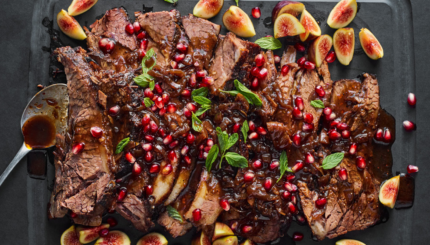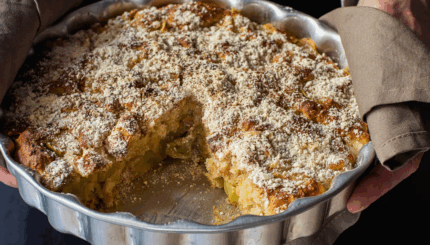Lois Leveen’s newest novel, The Secrets of Mary Bowser, is now available.
There’s a novel I first read years ago that rang true in deep ways for me: Immigrant parents work hard, and, as a measure of success, move to the suburbs—where their older daughter thrives in school, while the younger daughter struggles socially, especially with her ethnic identity. Introduced to a charismatic, and most certainly unorthodox, rabbi, this younger daughter immerses herself in Jewish learning to steady her passage through the throes of adolescence. Her deepening involvement in the synagogue youth group imbues her with a sense of social justice, and greater confidence about who she is and what she wants. What could be a better example of Jewish-American literature?
Except, the novel in question,
Mona in the Promised Land
, is about a Chinese-American family. Its author, Gish Jen, is herself the daughter of Chinese immigrants. Jen grew up in Scarsdale, a community she portrays with an amazing mix of accuracy, acerbity, and affection in Mona. Raised in a similar suburban community and only thirteen or so years younger than Jen and her protagonist, I’ve joked that I don’t need to write a novel about my childhood, because Jen already did it for me.
Jen’s novel reminds us that “Jewish” is an identity that is less bound by race or culture than we might initially assume—Mona, after all, converts, making her no less Jewish than any other Jew, even as she integrates Chinese culture with her burgeoning religious identity. But does a book count as Jewish-American literature just because it features Jewish characters? Does it matter if its author (unlike her convert protagonist) isn’t Jewish?
Compare Mona in the Promised Land with
The Secrets of Mary Bowser
, a novel based on the true story of an African American slave. After being freed and educated in the North, Mary Bowser returned to the South and became a Union spy during the Civil War, by posing as a slave in the Confederate White House. From the first page of this fictionalized telling of her story, Mary’s mother regularly converses with Jesus about Mary’s future. Although somewhat skeptical about her mother’s insistence that Jesus has a plan for her, Mary eagerly attends prayer meetings with her parents, and later, when she moves away from her family, seeks solace both at Philadelphia’s Mother Bethel, the founding African Methodist Episcopal church, and at a Quaker meeting. One particularly moving Baptist sermon motivates her to give up her own freedom and return to the South. Later, she articulates her horror at the war’s devastation by doubting whether her participation in such wide-scale violence could really be Jesus’ plan. Not a very Jewish story.
Unless you define the Jewishness of a novel by who wrote it: me.
There’s no doubt I’m a Jew. I’ve got the name, the nose, and the siddur presented to me by my childhood synagogue on the occasion of my bat mitzvah to prove it. I’ve even got a string of writing credits for Jewish publications, from
Bridges: A Jewish Feminist Journal
to The Jew and The Carrot, where I served as “the Shmethicist,” an ethical food advice columnist. Surely I’m a Jewish American writer. But does that mean my novel—about an African American raised as a Christian—is best understood as Jewish American literature?
Maybe it’s a sign of my Jewishness that I see the answer as, like so much in Judaism, a matter of textual explication. In creating the character of Mary’s mother, I invoked the Christian faith that sustained many enslaved blacks. But when I read the galleys of The Secrets of Mary Bowser I realized that, quite unconsciously, I also invoked my own Jewish sensibility. Mary’s trajectory is an exploration of what it means to be chosen, in ways that are directly related to my Jewish understanding of that concept as implying a responsibility to serve some greater good. Mary’s relinquishing of her own freedom to serve her community implies a belief in the individual’s responsibility to serve the community through
tikkum olam
. It places her in a tradition of chosen individuals that includes Moses, Daniel, Esther—even the reluctant Jonah. The Secrets of Mary Bowser is an adult novel, but it draws as much on the girl-heroes of
When Hitler Stole Pink Rabbit
or The Endless Steppe, the Jewish-themed books I devoured as a child, as it does on the slave narratives and historical accounts of American slavery I studied as an adult.
When I read from The Secrets of Mary Bowser at Oregon Jewish Voices, a program at the Oregon Jewish Museum, the poet Willa Schneberg compared the novel to
Storytelling in Cambodia
, her book about the Cambodian genocide. The comparison underscored that for both of us, being Jewish writers doesn’t mean writing only about Jewish experience. It means drawing on our Jewish experience to reflect on themes of injustice and social action in myriad contexts.
Read more about Lois Leveen here.


